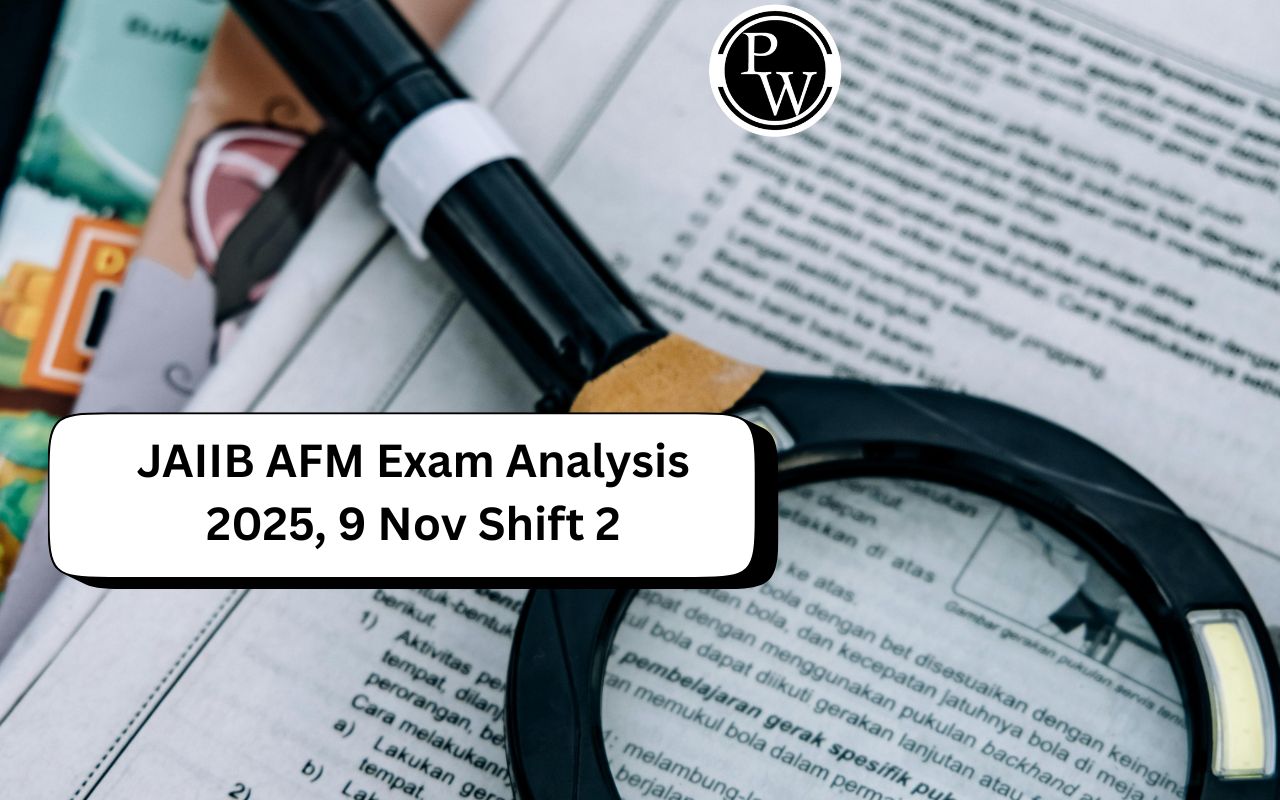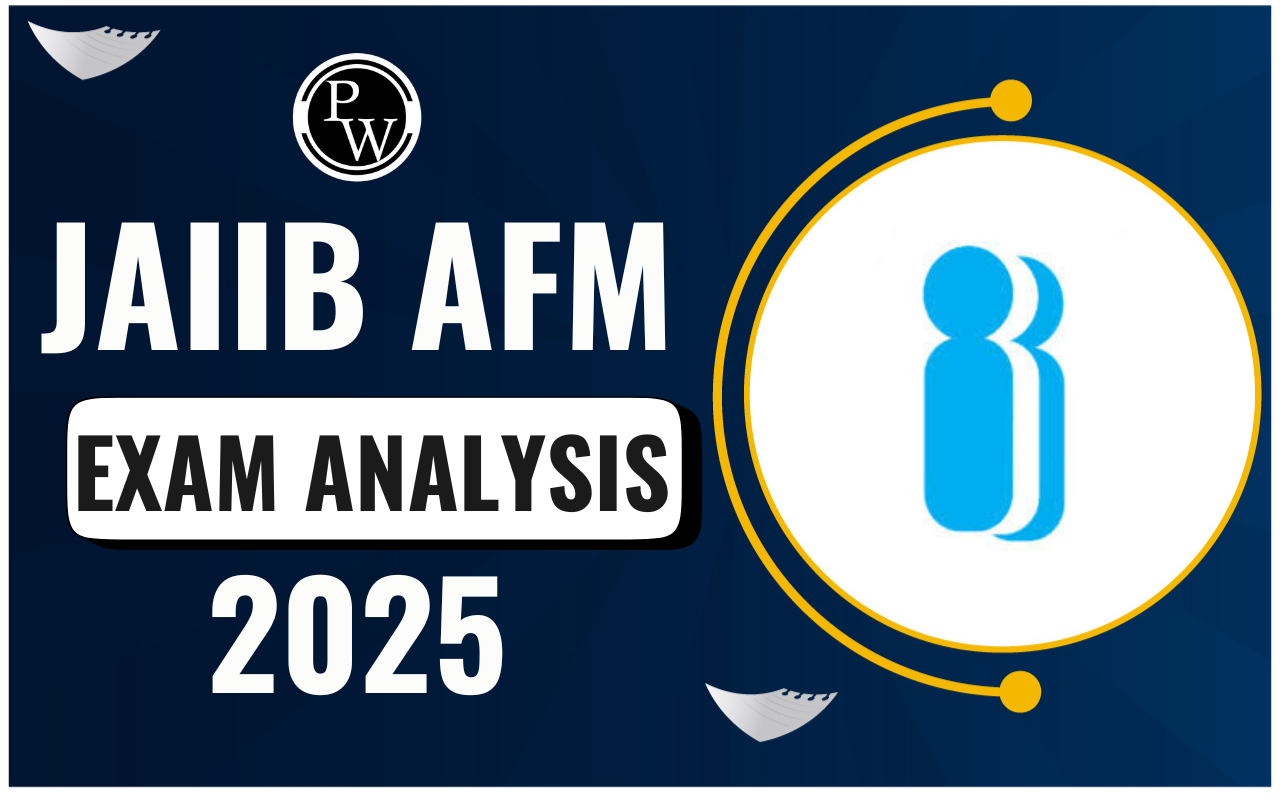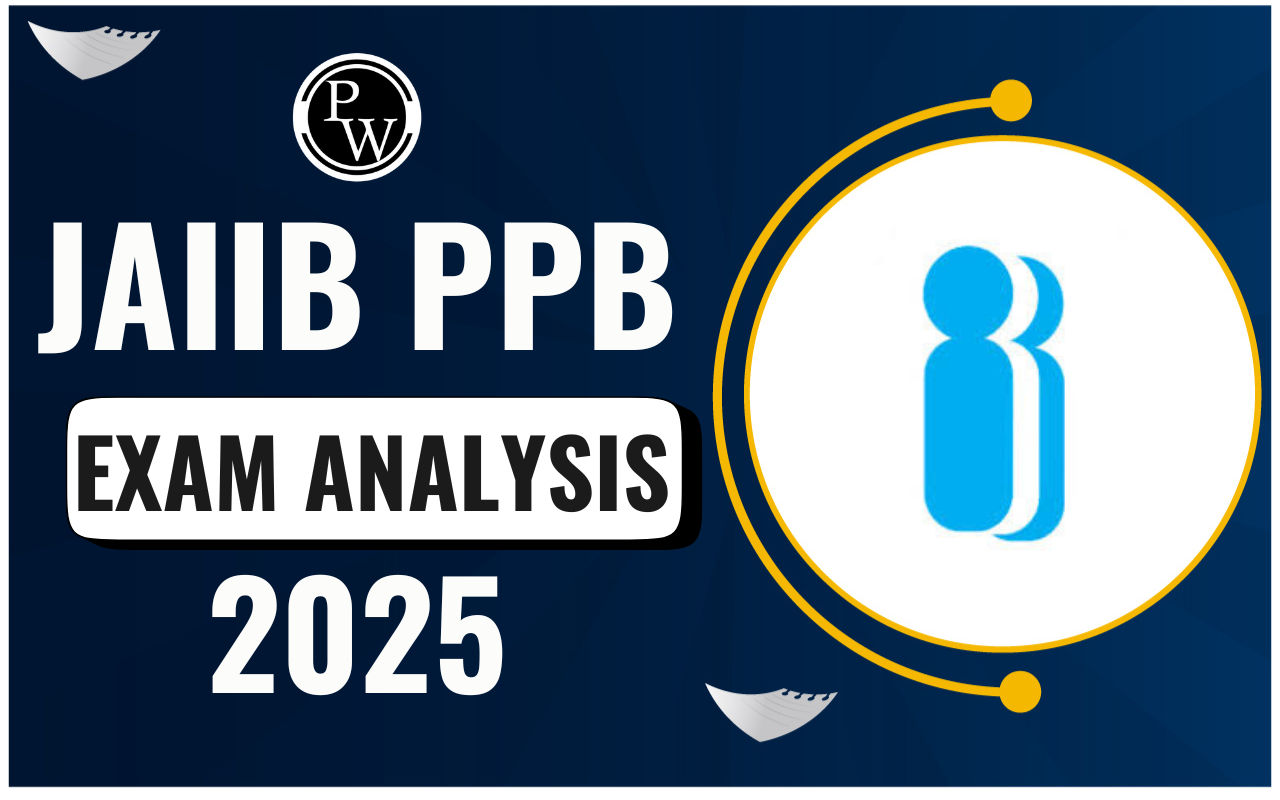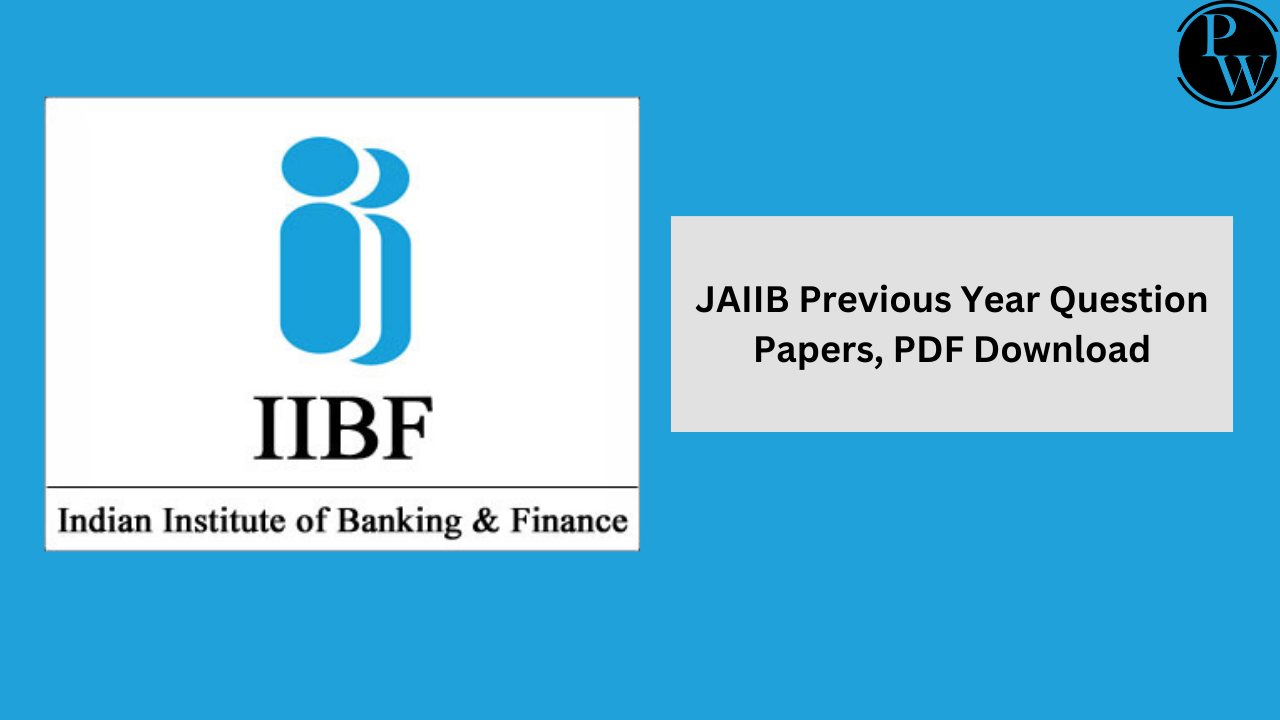
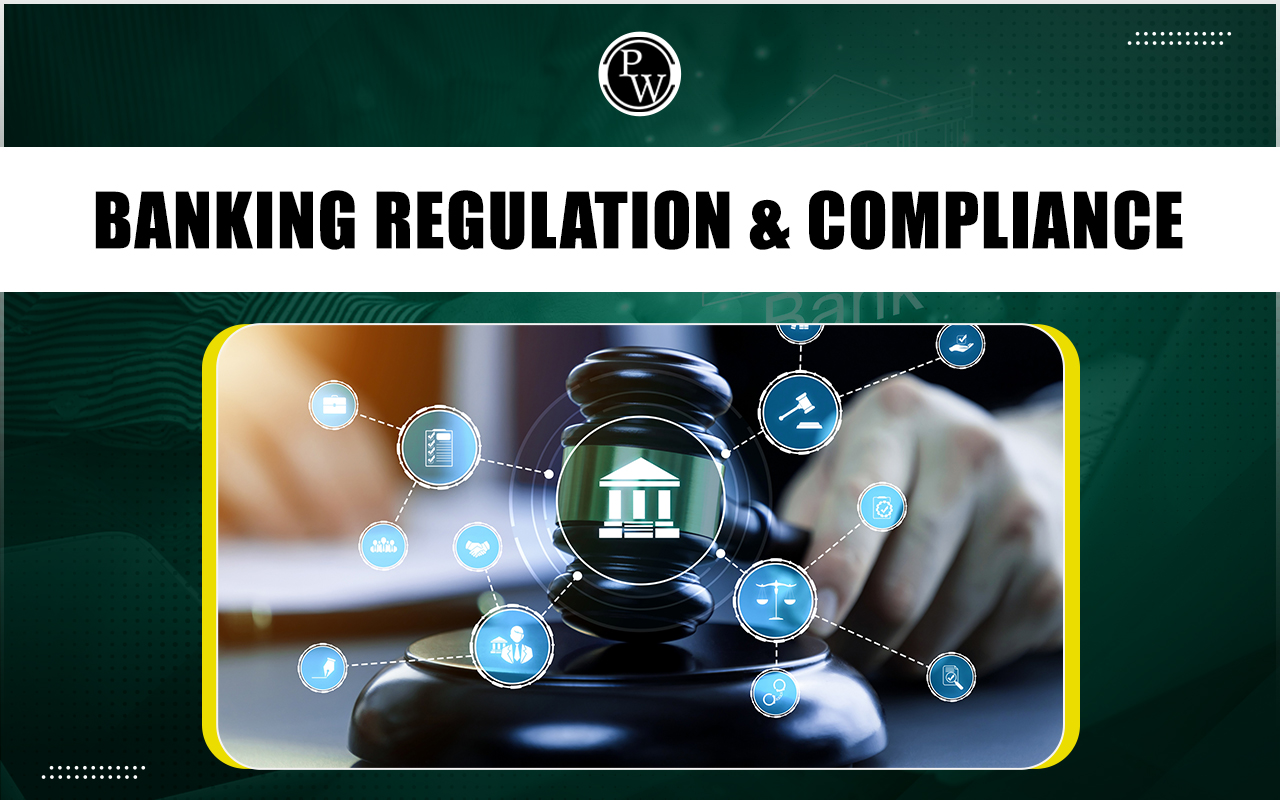
Banking Regulation & Compliance: Banks are essential institutions that manage money for individuals, businesses, and governments. Poor management can lead to significant disruptions, causing economic instability and political issues. Therefore, governments worldwide implement regulatory frameworks to ensure banks operate safely and legally. These regulations set various requirements, restrictions, and guidelines that banks must follow.
Compliance with banking regulations is crucial for maintaining the stability and integrity of the financial system. Failing to adhere to these laws can result in hefty fines and damage a bank's reputation. Thus, it is vital for banks to have robust compliance policies and procedures. Here, we will explore Banking Regulation & Compliance for JAIIB/CAIIB and banking aspirants, covering its importance, role, risk management, policy, and cost management.What is Banking Regulation & Compliance?
Banking Regulation & Compliance involves the policies and procedures that financial institutions use to adhere to standards set by government agencies and regulatory bodies. These standards are crucial for maintaining financial stability and ensuring that banks operate legally, ethically, and securely. Compliance helps to avoid fraudulent operations, money laundering, and other illegal behaviors. Financial institutions must follow regulations related to data privacy, anti-money laundering (AML), Know Your Customer (KYC), and consumer protection. Non-compliance can lead to severe consequences, including fines, legal actions, and reputational damage. Therefore, banks must implement strong internal controls, conduct regular risk assessments, and provide ongoing employee training to maintain compliance.Importance of Banking Regulation & Compliance
Banking Regulation & Compliance is essential because it ensures the stability and efficiency of the banking sector, which is a crucial part of the global economy. This framework protects consumers and promotes financial stability by setting standards for banks to follow. Here, check the complete details on the Importance of Banking Regulation & Compliance:- Consumer Protection: Regulations ensure that banks maintain adequate capital, disclose risks, and follow sound risk management practices, protecting consumers' interests.
- Financial Stability: By limiting risky activities, regulations help prevent systemic crises that could destabilize the financial system.
- Reliable Credit Sources: Ensuring banks operate safely allows them to be dependable sources of credit for businesses and households.
- Trust and Integrity: Regulations help maintain public trust in financial systems by preventing mismanagement and financial crimes.
- Preventing Abuse: Compliance includes measures to detect and block both external and internal threats, protecting money from being misused or stolen.
Banking Regulation & Compliance Policy
A Banking Regulation & Compliance policy is a crucial document that outlines how a bank will adhere to laws, regulations, and industry standards. It clearly defines the roles and responsibilities of employees, senior management, and other stakeholders in ensuring compliance with these rules. A well-crafted policy helps everyone in the organization understand the guidelines governing the bank's operations and reduces the risks associated with noncompliance. Here, we've mentioned some of the key elements of the Banking Regulation & Compliance Policy:- Risk-Based Approach: The policy should consider the size and complexity of the bank and its various operations.
- Applicable Laws and Regulations: It must address all relevant laws and regulations and specify compliance requirements for each area of the bank's operations.
- Roles and Responsibilities: Clear expectations for employees and management concerning their compliance duties.
- Noncompliance Reporting: Guidelines for identifying, reporting, and addressing potential noncompliance issues.
- Investigation and Resolution: Steps to investigate and resolve noncompliance to ensure continuous adherence to regulations.
Banking Regulation and Compliance Role & Responsibilities
The banking compliance department plays a crucial role in ensuring the smooth operation of financial institutions while adhering to laws and regulations. Here, we've provided detailed information on the Banking Regulation and Compliance role & responsibilities:- Ensuring Legal Compliance: The primary duty is to ensure the bank follows all relevant laws and regulations to prevent data theft and potential fines from government agencies.
- Transaction Monitoring: Monitoring transactions and freezing accounts if there's suspicion of risk or questionable behaviour, minimizing financial losses for the bank.
- Preventing Financial Crimes: Working to prevent money laundering, tax evasion, and other unethical activities that go against the bank's policies.
- Conducting Audits: Regularly conducting audits to ensure the institution follows necessary protocols and guidelines set by regulatory bodies.
- Policy Development: Developing and implementing policies and procedures to help the bank comply with all relevant regulations and maintain ethical standards.
Banking Regulation & Compliance: Risk Management
Managing residual risks is a crucial part of Banking Regulation & Compliance. After a bank implements controls to reduce inherent risks, it must assess any remaining risks, known as residual risks, and determine the best way to manage them. Here are a few options for handling these residual risks:- Risk Mitigation: Risk mitigation is a common practice in banking. This involves identifying the risks and putting in place controls or procedures to reduce the likelihood or impact of those risks. Management typically decides on these actions, making risk mitigation the primary option for handling residual risks.
- Risk Acceptance: Risk acceptance occurs when the bank acknowledges a risk but chooses to monitor it regularly rather than take further action to reduce it. This approach is taken when the cost of mitigating the risk is higher than the potential loss. However, risk acceptance should only follow a thorough assessment of the risk and its possible consequences.
- Risk Avoidance: Risk avoidance means the bank decides not to engage in activities that pose certain risks or to withdraw from those activities altogether. This involves identifying and eliminating the risk. Risk avoidance is often the best choice for high-risk situations that are not essential to the bank's operations.
- Risk Transfer: Risk transfer involves shifting the risk to another entity, such as an insurance company. In this case, the insurance provider assumes the risk of loss. This option is suitable for risks that cannot be avoided or mitigated or when insuring against the risk is more cost-effective than potential losses.
Banking Regulation & Compliance: Cost Management
Managing compliance costs can be challenging for financial institutions, but there are effective strategies to minimize these expenses. Here are some key ways to manage compliance costs:- Integrate Processes: Integrate existing processes and financial dashboards to avoid the need for additional databases or protocols. This integration can improve workflow efficiency and reduce costs.
- Update Regularly: Regularly update compliance practices in response to regulatory changes to avoid penalties and fines. This can be achieved through ongoing training and education programs for staff and management.
- Utilize Technology and Automation: Invest in technology and automation tools to enhance operational efficiency. Automating data gathering, risk monitoring, and data validation can lead to significant cost savings while ensuring regulatory compliance.
- Outsource Non-Core Functions: Outsource non-core functions such as data entry, record-keeping, and document management to third-party providers. This can lower overhead costs and provide access to specialized expertise in compliance and risk management.
- Conduct Audits and Assessments: Perform regular internal audits and assessments to identify inefficiencies and areas for improvement in your compliance processes. This proactive approach can help detect and resolve issues early, preventing costly non-compliance and enhancing overall efficiency.
Banking Regulation & Compliance FAQs
Q1. What is Banking Regulation & Compliance?
Ans. Regulation and compliance in banking refer to the rules and practices that banks follow to ensure they operate within legal and ethical boundaries. Compliance involves adhering to laws, regulations, and ethical standards relevant to banking operations, ensuring activities align with these requirements.
Q2. What is bank compliance?
Ans. Bank compliance is the process whereby financial institutions ensure their operations comply with government regulations and industry standards. This involves measures to prevent fraud, money laundering, and other financial crimes, safeguarding both the bank and its customers.
Q3. What are the consequences of non-compliance for banks?
Ans. Non-compliance can have serious repercussions for banks, including hefty fines, legal actions, damage to reputation, and sanctions. Failure to comply with regulations can harm a bank's credibility and performance, highlighting the importance of taking compliance seriously to avoid such consequences.
Q4. How do Banking Regulation & Compliance benefit customers?
Ans. Banking Regulation & Compliance ensures that financial institutions operate ethically and within legal boundaries, protecting customers from fraudulent activities, ensuring fair treatment, and safeguarding their financial interests.
Q5. What role do regulatory bodies play in Banking Regulation & Compliance?
Ans. Regulatory bodies set and enforce rules and guidelines to govern the banking industry, ensuring stability, integrity, and fairness. They oversee compliance with these regulations, imposing penalties for non-compliance and promoting transparency and accountability in banking operations.
Talk to a counsellorHave doubts? Our support team will be happy to assist you!

Check out these Related Articles
Free Learning Resources
PW Books
Notes (Class 10-12)
PW Study Materials
Notes (Class 6-9)
Ncert Solutions
Govt Exams
Class 6th to 12th Online Courses
Govt Job Exams Courses
UPSC Coaching
Defence Exam Coaching
Gate Exam Coaching
Other Exams
Know about Physics Wallah
Physics Wallah is an Indian edtech platform that provides accessible & comprehensive learning experiences to students from Class 6th to postgraduate level. We also provide extensive NCERT solutions, sample paper, NEET, JEE Mains, BITSAT previous year papers & more such resources to students. Physics Wallah also caters to over 3.5 million registered students and over 78 lakh+ Youtube subscribers with 4.8 rating on its app.
We Stand Out because
We provide students with intensive courses with India’s qualified & experienced faculties & mentors. PW strives to make the learning experience comprehensive and accessible for students of all sections of society. We believe in empowering every single student who couldn't dream of a good career in engineering and medical field earlier.
Our Key Focus Areas
Physics Wallah's main focus is to make the learning experience as economical as possible for all students. With our affordable courses like Lakshya, Udaan and Arjuna and many others, we have been able to provide a platform for lakhs of aspirants. From providing Chemistry, Maths, Physics formula to giving e-books of eminent authors like RD Sharma, RS Aggarwal and Lakhmir Singh, PW focuses on every single student's need for preparation.
What Makes Us Different
Physics Wallah strives to develop a comprehensive pedagogical structure for students, where they get a state-of-the-art learning experience with study material and resources. Apart from catering students preparing for JEE Mains and NEET, PW also provides study material for each state board like Uttar Pradesh, Bihar, and others
Copyright © 2025 Physicswallah Limited All rights reserved.
Get App
